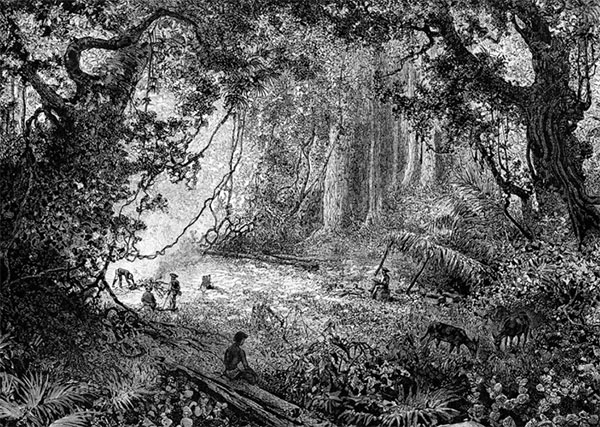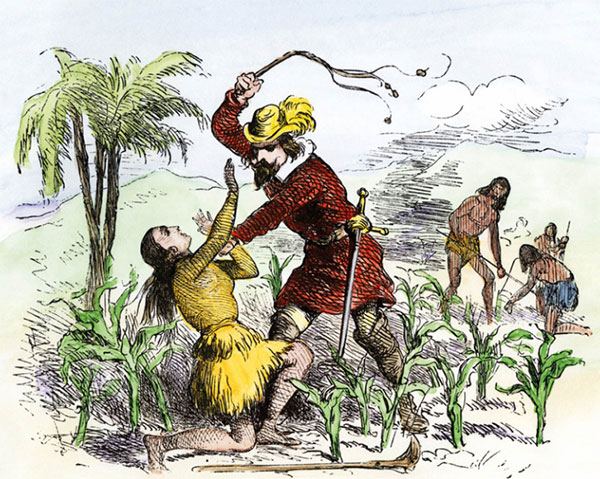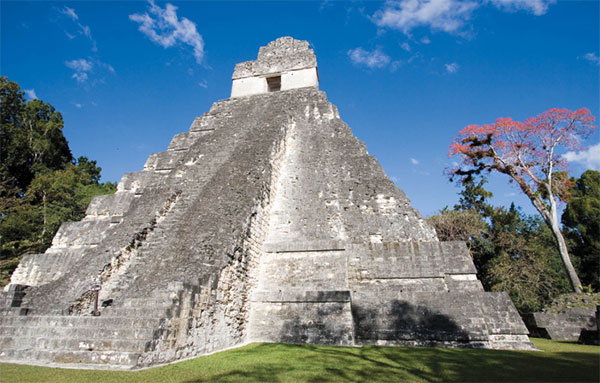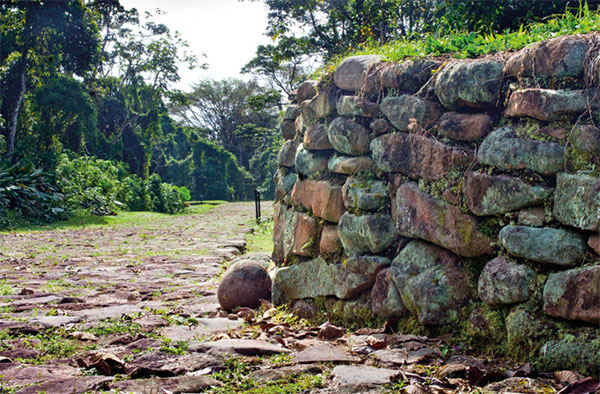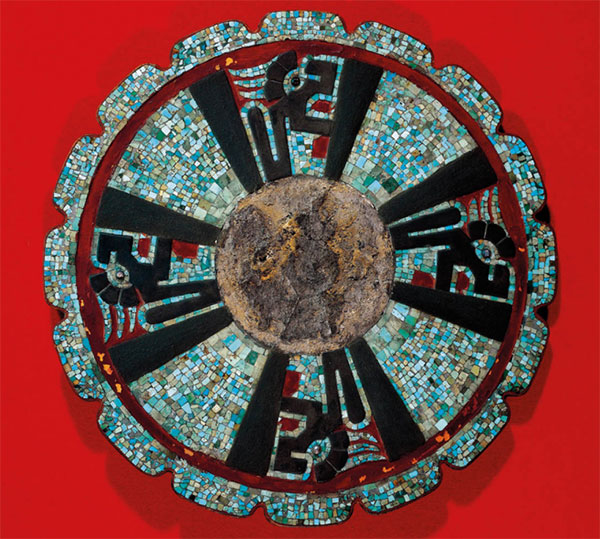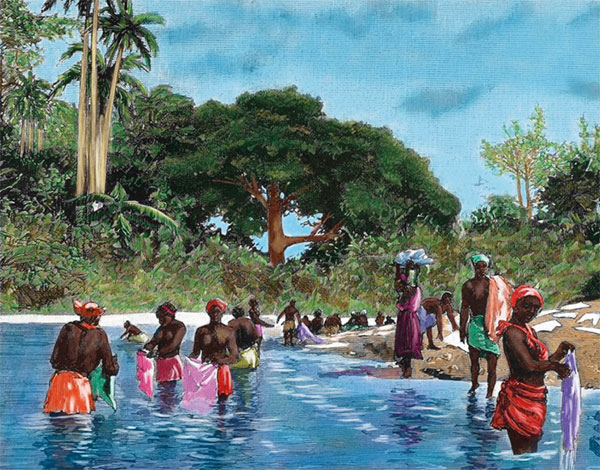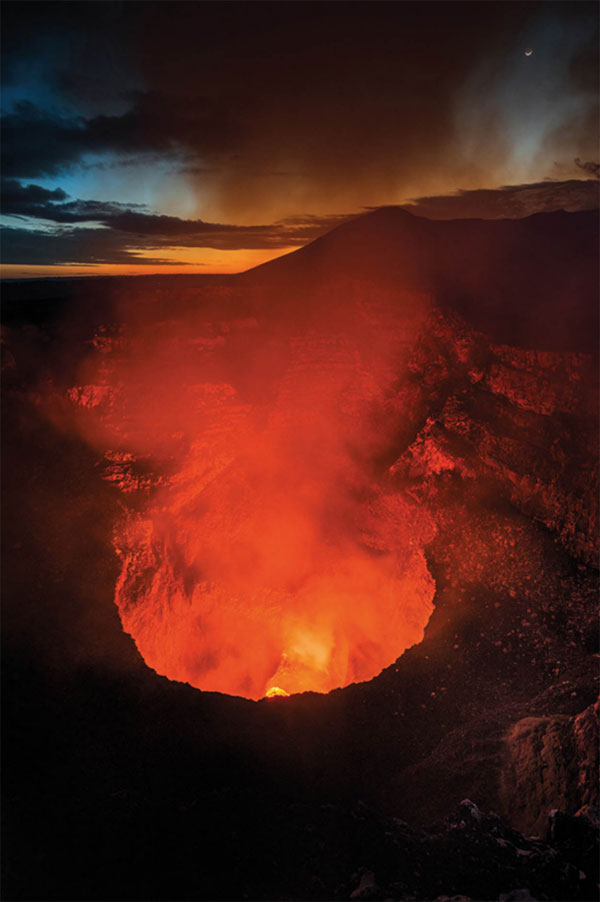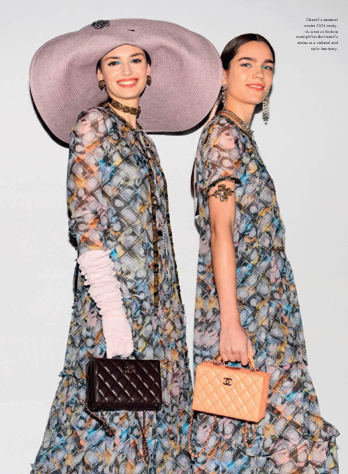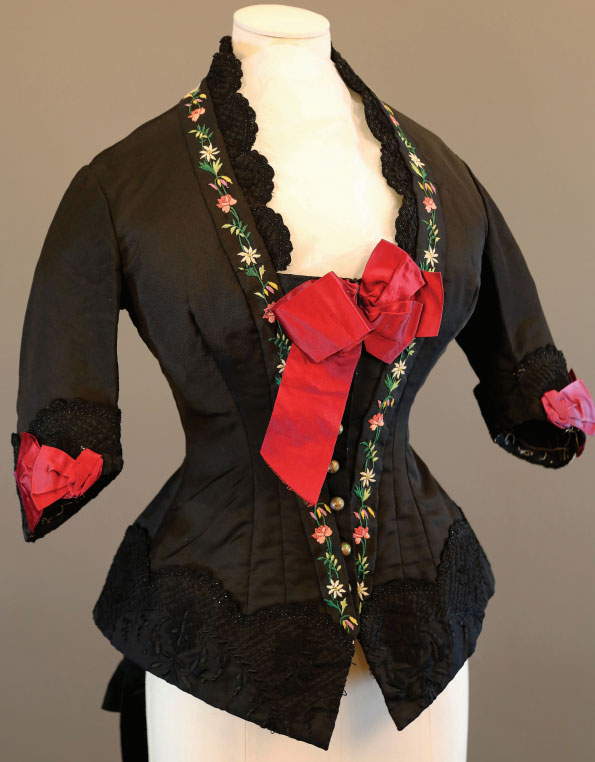REPARTIMIENTO When slavery was abolished, the Crown still had to support the need for labor. The unethical system of encomienda was replaced by a system called repartimiento (meaning to divide up) which required all Indigenous men between the ages of 16 and 60 to labor for one week of each month for private individuals, religious…
European Conquest – Central America Travel Guide
Legendary ferocity The Spanish conquest of the Maya in Guatemala was entrusted to Pedro de Alvarado. He achieved it with a ferocity that became legendary. In 1523, he and some 800 men defeated the main army of the K’iche’ and slew their leader, Tecún Umán. Alvarado then advanced on the K’iche’ capital, K’umarkaaj, and burned…
Insight: Tikal – Central America Travel Guide
INSIGHT: TIKAL Possibly the most visually impressive of all the Maya cities, Tikal stands majestically in the Petén jungle, occupied now only by monkeys, toucans, and other exotica. As the first sunlight filtered through the early morning mist, the high priest, Iahca Na, emerged from the inner sanctum of Temple I. Yik’in Chan K’awiil, waiting…
The Mayan Calendar – Central America Travel Guide
THE MAYAN CALENDAR The observation of the heavens, and the calculation of time based on the movement of the stars, the sun, and the moon, was of the utmost importance to the Maya. Many great Maya sites, such as Chichén Itzá, had observatories from where the experts could calculate the calendar, and they proved to…
Early History – Central America Travel Guide
EARLY HISTORY More than 12,000 years of history has riddled the Central American isthmus with mysteries that are only just being solved. Human settlement of Central America dates back thousands of years. Hunter-gatherers are first thought to have arrived in the region around 10,000 BC, and spears and tools dating from 9000 BC have been…
Decisive dates – Central America Travel Guide
Decisive dates An engraving of washerwomen on the river Chagres at Matachin, Panama, from 1879. The pre-Hispanic era c.10,000 BC Earliest animal remains: mammoth bones found at Loltún in Yucatán. c.6000–2000 BC Early settlers farm maize and beans, make pottery, and probably speak a Proto-Maya language. c.2000 BC First evidence of fixed Maya settlements at…
Biodiversity – A Region Of Fire And Forest – Central America Travel Guide
Volcanoes With more than 100 large volcanoes, Central America is one of the most active volcanic zones in the western hemisphere. The Sierra Madre in the southern Mexican state of Chiapas marks the beginning of a long volcanic chain that stretches down along the Pacific coast. Forming the backbone of the Central American isthmus, this…
A Region Of Fire And Forest – Central America Travel Guide
A REGION OF FIRE AND FOREST From lush rainforests to coffee plantations, smoking volcanoes and tropical beaches, Central America is a place you won’t forget in a hurry. When American explorer John Lloyd Stephens was traveling through Central America in 1840, he couldn’t believe his eyes when he stumbled upon Copán in Honduras. He thought…
Chanel’s Autumn/Winter 2024 Collection – Coastal Reverie
Chanel’s autumn/winter 2024 collection is a dreamlike escape to Deauville, where past and present intertwine. A haven of fresh coastal air and unbridled inspiration, it was here that Gabrielle Chanel first challenged the rigid conventions of fashion, pioneering a new era in the industry. Her visionary spirit, ignited by the Deauville lifestyle, birthed a legacy…
Conclusion – Interpret and Display Historic Dress
Conclusion When creating a display support for any garment, never forget that the garment was originally designed and made for a human body. Underwear may have changed the natural proportions of the figure but garments, however old, were worn by real people. People who walked down the street, danced and generally went about their daily…
